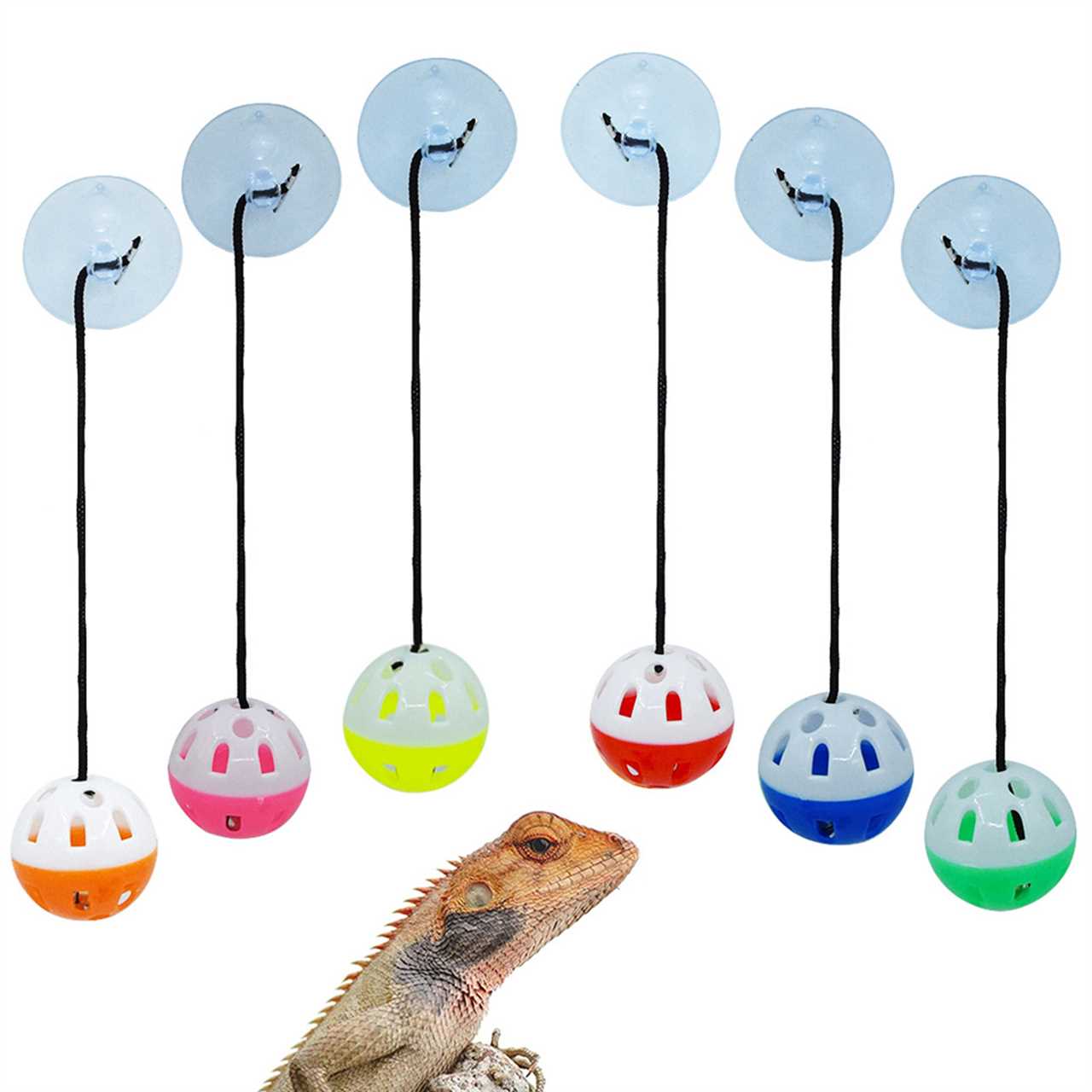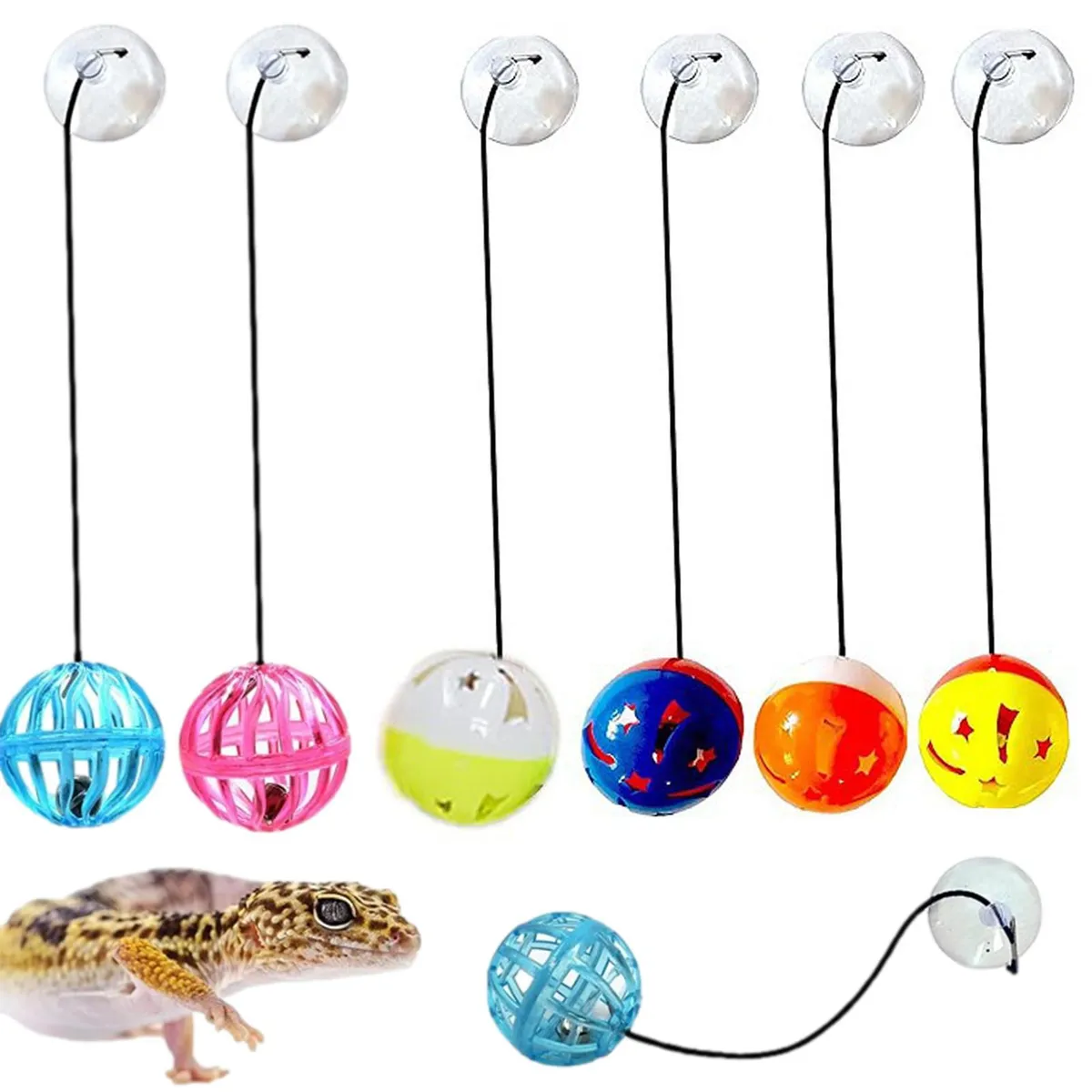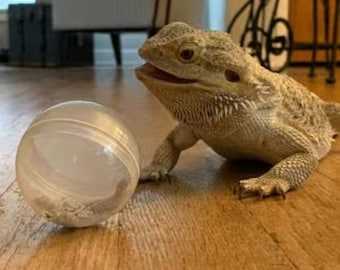
What is a Bearded Dragon?
The name “bearded dragon” comes from the unique appearance of these lizards. They have spiky scales under their chin that resemble a beard, which can puff up and darken when they feel threatened or are trying to display dominance.
In terms of size, bearded dragons can grow up to 2 feet long, with males typically being larger than females. They have a stocky body, triangular head, and numerous small scales covering their bodies, which come in various colors such as brown, tan, and yellow.
One interesting fact about bearded dragons is their ability to change color. They can darken or lighten their skin to regulate their body temperature and camouflage themselves in their surroundings.
Due to their fascinating appearance and manageable care requirements, bearded dragons have become a popular pet choice worldwide. Their popularity has led to the creation of new morphs, such as hypo, translucent, and leatherback, which have unique scale patterns and colors.
Choosing a Bearded Dragon

Lastly, it’s recommended to purchase a bearded dragon from a reputable breeder or pet store. This ensures that the dragon has been well-cared for and is more likely to be healthy. Avoid purchasing dragons from unknown sources or online sellers without proper documentation.
By considering these factors, you can choose the perfect bearded dragon to become your new scaley friend. Whether you’re a reptile enthusiast or a first-time reptile owner, a bearded dragon can make a wonderful pet lizard.
Creating the Perfect Habitat for Your Bearded Dragon
Choosing the Right Terrarium
Additionally, consider the dimensions of the terrarium. A long and wide terrarium is preferable over a tall one, as bearded dragons are terrestrial creatures. A larger surface area allows them to move and explore more freely.
Providing the Right Lighting and Heating
Bearded dragons require proper lighting and heating in their habitat to maintain their health. In the wild, they bask in the sun to warm up their bodies and get the UVB rays necessary for calcium metabolism. Therefore, you should provide a UVB light source in their terrarium. This will help prevent metabolic bone disease and other health issues.
In addition to a UVB light, you also need to provide a basking spot with a spotlight or heat lamp. The basking spot should reach a temperature of around 95°F (35°C) to allow your bearded dragon to regulate its body temperature. The rest of the terrarium should have a gradient of temperatures, ranging from around 75°F (24°C) to 85°F (29°C).
Creating a Comfortable Environment
You should also provide hiding spots and climbing structures in the terrarium. Bearded dragons are arboreal animals, so they appreciate having branches to climb on. Additionally, they need a hideout where they can retreat and feel safe when they want to relax or sleep.
Setting up a Food and Water Station

Finally, make sure to set up a food and water station in your bearded dragon’s habitat. Use a shallow dish for water, as it will make it easier for your pet to drink without risking drowning. Bearded dragons also appreciate fresh vegetables and fruits, so provide a separate dish for their daily greens.
| Items to Include in the Habitat |
|---|
| UVB light |
| Basking lamp |
| Thermometer |
| Hygrometer |
| Substrate |
| Branches for climbing |
| Hiding spot |
| Food and water dishes |
By following these guidelines and creating the perfect habitat for your bearded dragon, you will ensure that your pet is healthy, happy, and thriving in its environment.
Feeding Your Bearded Dragon
1. Insects: Insects should make up the majority of your bearded dragon’s diet. Some suitable options include crickets, mealworms, dubia roaches, and waxworms. These insects are rich in protein and provide essential nutrients for your pet. Be sure to feed them with gut-loaded insects that have been properly dusted with calcium and vitamin D3 supplements.
2. Fruits and vegetables: Your bearded dragon should also be offered a variety of fruits and vegetables daily. Some safe options include leafy greens like collard greens, kale, and dandelion greens. Other suitable vegetables include bell peppers, carrots, squash, and sweet potatoes. Fruits like strawberries, blueberries, and apples can also be included in their diet, but in moderation.
3. Commercial bearded dragon food: In addition to live insects and fresh produce, there are also commercially available bearded dragon foods that can be used as a supplement. These pelleted diets often contain a mix of protein, fruits, vegetables, and essential vitamins and minerals. However, they should not be the primary diet and should be used as a supplement to ensure a varied and balanced diet for your pet.
Remember to clean their food and water bowls regularly to prevent the growth of bacteria. Always provide fresh, clean water for your bearded dragon as well.
Overall, providing a well-balanced diet is crucial for the health and longevity of your bearded dragon. Consult with a veterinarian or reptile specialist for specific dietary recommendations to ensure you are meeting your pet’s nutritional needs.
Health and Wellness of a Bearded Dragon
Proper care and attention to the health and wellness of your bearded dragon are crucial to ensuring its overall well-being. As a reptile owner, it is your responsibility to create a suitable habitat and provide the necessary care for your pet.
Regular Veterinary Check-Ups
Just like any other pet, it is essential to take your bearded dragon for regular veterinary check-ups. A reptile veterinarian can examine your dragon, perform necessary tests, and ensure its overall health. They can check for any signs of illness, nutritional deficiencies, or parasites. Regular check-ups will help prevent any potential health issues and ensure early intervention if necessary.
Proper Diet and Nutrition

Water should always be available for your bearded dragon, either via a water dish or by misting its enclosure. Bearded dragons do not drink water like other pets, so it’s crucial to provide them with hydration through regular misting or bathing.
Hygiene and Cleanliness
Keeping the terrarium clean is essential for maintaining good health for your bearded dragon. Regularly remove feces, uneaten food, and clean the enclosure. This helps prevent the growth of harmful bacteria and reduces the risk of infections or illnesses. Additionally, ensure that the temperature and humidity levels in the enclosure are appropriate, as proper environmental conditions are necessary for the well-being of your dragon.
Observation and Interaction
Regular observation and interaction with your bearded dragon are important for detecting any changes in behavior or health. Spend time with your pet, handle it gently, and look out for any signs of stress, illness, or abnormal behavior. This can include changes in appetite, lethargy, aggression, changes in feces or urates, or any physical abnormalities such as wounds or scale appearance. If you notice anything unusual, consult with a reptile veterinarian for guidance and potential treatment.

I’m Lena Adams—a product of an unconventional upbringing in the African wilderness. My father, a daring explorer of African wildlife, sparked my fascination with reptiles, a passion that intertwined with the tragic loss of my mother during an expedition, leaving an indelible mark on my life. Driven to understand the creatures that captivated my parents, I embarked on my journey, sharing insights about reptiles, frogs, and lizards on my website. Through my explorations and conservation efforts, I honour my family’s legacy while seeking connections—to the creatures, nature, and the mother whose presence I yearn to understand.
